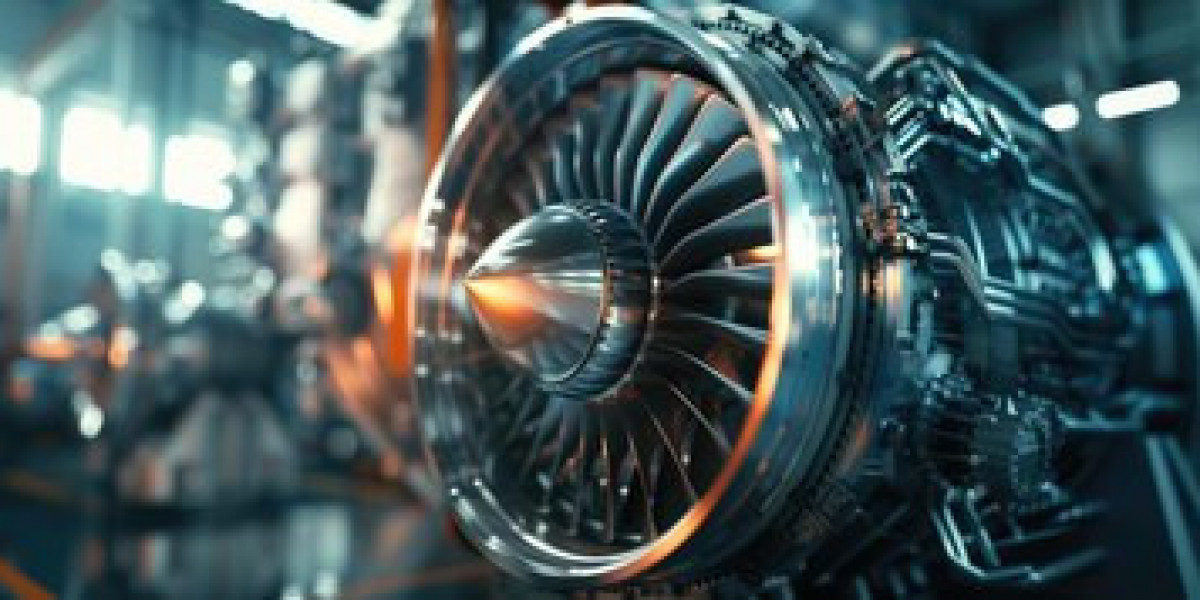The global aircraft fuel systems market is poised for steady growth over the next decade, driven by advancements in aviation technology, rising air traffic, increasing demand for fuel-efficient aircraft, and a growing focus on sustainability. As the aerospace industry continues its recovery from the impact of the COVID-19 pandemic, the long-term outlook for aircraft fuel systems is marked by innovation, regulatory pressure, and evolving consumer expectations.
Market Overview
Aircraft fuel systems are critical components of any aircraft, responsible for storing and delivering fuel to the engines in a reliable and safe manner. These systems include fuel tanks, pumps, valves, filters, sensors, and piping. They are designed to optimize fuel distribution while ensuring the safety and efficiency of aircraft operations. The market covers both commercial and military aircraft, with additional growth expected from the general aviation and unmanned aerial vehicle (UAV) sectors.
In 2024, the global aircraft fuel systems market is estimated to be valued at over USD 9 billion. With a projected compound annual growth rate (CAGR) of around 5% through 2035, the market is expected to surpass USD 14 billion by the end of the forecast period.
Key Growth Drivers
1. Fleet Expansion and Replacement:
Airlines across the globe are expanding their fleets to accommodate growing passenger numbers, especially in emerging markets such as Asia-Pacific and the Middle East. Additionally, aging aircraft are being retired and replaced with modern, fuel-efficient models. These trends contribute to consistent demand for advanced fuel systems that offer greater efficiency and reliability.
2. Focus on Fuel Efficiency:
Fuel represents a significant portion of an airline's operating costs. As such, there's an ongoing push for technologies that reduce fuel consumption. Modern fuel systems that minimize weight and maximize performance are crucial in achieving better fuel economy. Integration with digital monitoring systems also enables real-time optimization of fuel usage, supporting both operational efficiency and sustainability goals.
3. Rise of Electric and Hybrid-Electric Aircraft:
While traditional fuel systems dominate the current market, the long-term transition to hybrid-electric and fully electric propulsion is gaining momentum. Manufacturers are exploring alternative fuel system architectures to support these new propulsion technologies. While this presents challenges for traditional fuel system suppliers, it also offers opportunities to innovate and diversify product offerings.
4. Regulatory and Environmental Pressures:
Governments and international aviation bodies such as ICAO and IATA are imposing stricter emissions regulations. These regulations are driving airlines and OEMs to invest in technologies that support carbon reduction. Fuel systems that can accommodate sustainable aviation fuel (SAF) or hydrogen-based fuels are becoming increasingly important in future aircraft design.
Regional Insights
North America leads the market due to the presence of major aircraft manufacturers such as Boeing and Lockheed Martin, alongside a strong defense aviation sector. The region also benefits from significant R&D investments and government support for aerospace innovation.
Europe follows closely, driven by Airbus’s extensive commercial aircraft production and ongoing efforts to develop climate-neutral aviation technologies. The EU’s emphasis on reducing emissions by 2050 will accelerate demand for next-generation fuel systems.
Asia-Pacific is the fastest-growing region, with countries like China and India expanding both their commercial and military aviation capabilities. Rising disposable incomes, expanding middle classes, and the development of regional connectivity are fueling growth in this market.
Challenges and Restraints
Despite strong growth prospects, the market faces several challenges:
High development costs: Advanced fuel systems require significant investment in design, testing, and certification.
Stringent certification processes: Aviation fuel systems must meet strict safety and regulatory standards, which can delay time-to-market.
Technological disruption: As electric and hydrogen-powered aircraft become viable, traditional fuel system suppliers may need to reinvent their product lines to stay competitive.
Competitive Landscape
The aircraft fuel systems market is highly competitive, with key players including Parker Hannifin Corporation, Eaton Corporation, Safran S.A., Woodward Inc., and GKN Aerospace. These companies focus on innovation, strategic partnerships, and mergers to maintain their market positions. Increasingly, suppliers are investing in digital technologies such as predictive maintenance and IoT-enabled fuel monitoring to add value for aircraft operators.
Future Outlook
Looking ahead, the aircraft fuel systems market will remain a critical enabler of aviation growth. Innovations in materials, system design, and integration with digital platforms will define the next generation of fuel systems. Moreover, sustainability imperatives and shifting energy paradigms will push fuel system manufacturers to support alternative propulsion technologies.
Get More Info :









